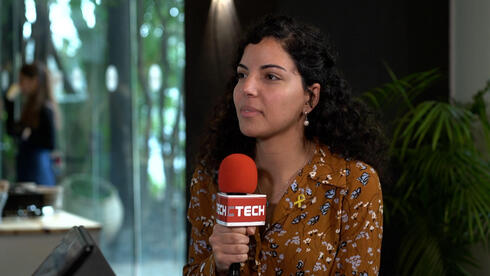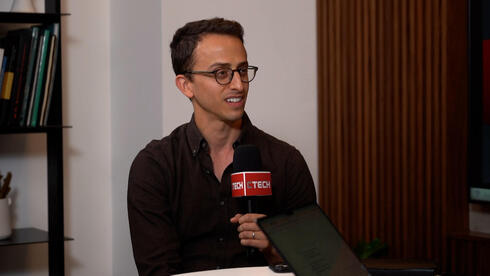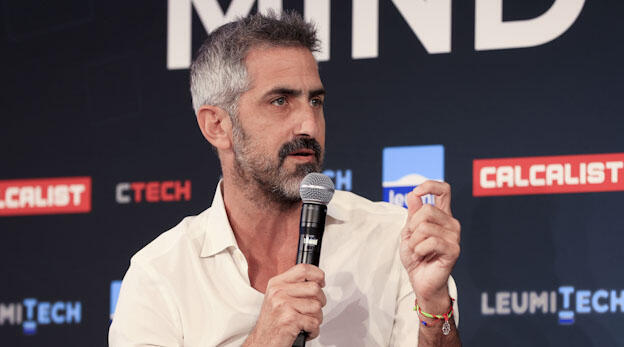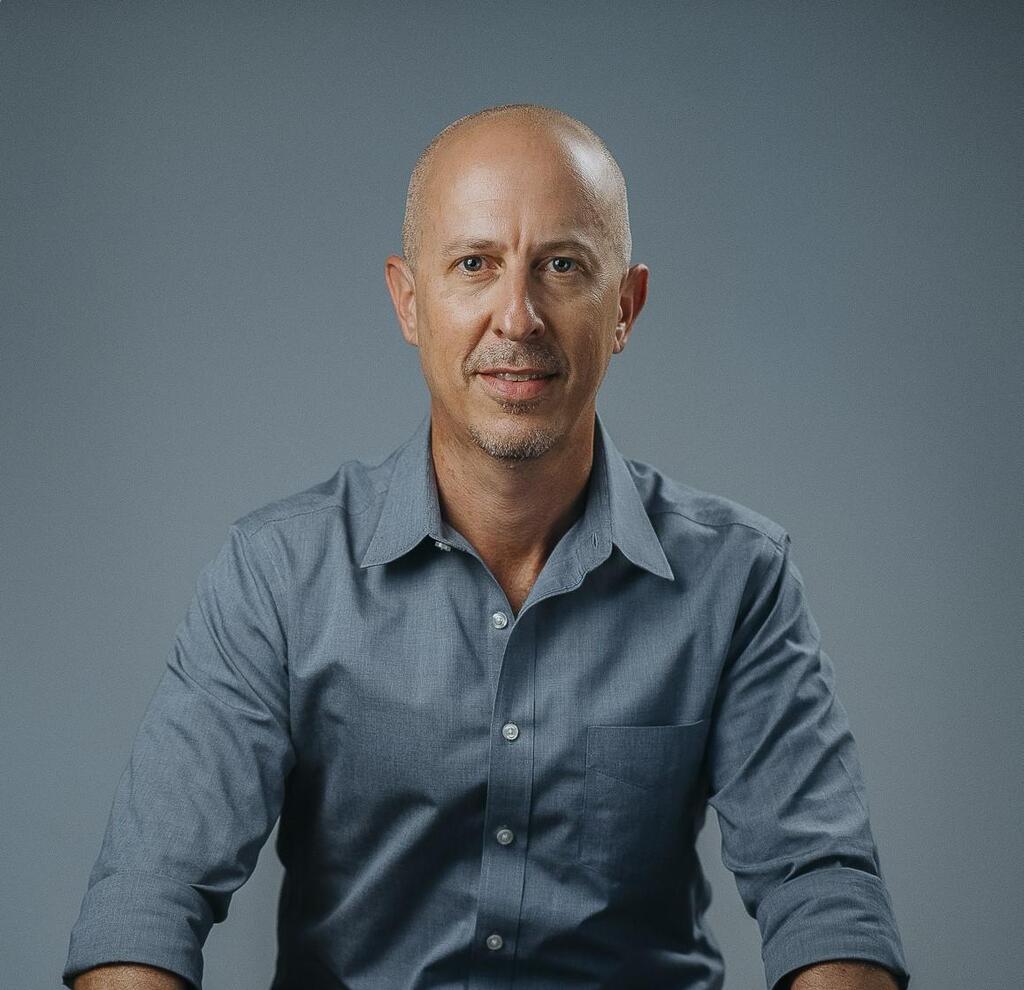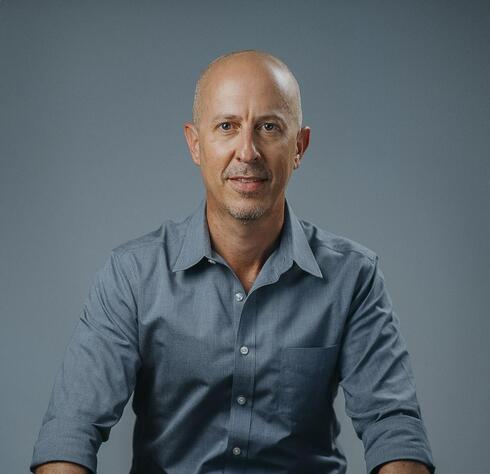
Opinion
Innovation in old age: Jump in the business potential for technologies treating the elderly
Sensors, apps, and robot carers: The technological solutions for the aging population as part of the 'longevity economy' increases the world's need to adopt technological solutions to optimize the care of the elderly population
It is happening to almost all of us. The moment arrives in which our parents are getting old and need us just as we needed them when we were children. It is not easy but in the current era technology helps in no small part to care for the elderly and will help even more in the future, in caring for the individual in particular and the national economy in general.
How exactly? Well, before I explain I'll give you some background. About 10 years ago, a new economic concept took root, which affects the high-tech industry in general and the digital health industry in particular: “The longevity economy” means an economy to extend life expectancy, and regarding the tech sector this refers to the continuing trend in which life expectancy, mainly in developed countries, is rising and with it the need to create appropriate solutions for the elderly population, from insurance and financial solutions (to create economic security) and including health solutions (to protect health and quality of life) as well as the need to support family members that care for the elderly, and to reduce the burden on public health services.
According to the American Association for Retired Persons (AARP), the world’s population is rapidly getting older and the expectation is that by 2050, 33% of the world’s population will be 50 and older compared with 24% in 2020 – in itself an unprecedented level. For the sake of comparison, such an increase was recorded in the past over double the period between 1950 and 2020. The world’s aging population is not a simple challenge for governments and according to the latest report by S&P published in January: “Governments are forced to begin to cope with a ticking financial clock because of the aging population.” S&P claims that the dependency ratio of the elderly will worsen in every country covered by the agency, without exception, and of course this has economic consequences. In other words, the world is not yet prepared for the aging trend, neither in the public sector nor in the private sector.
In the private sector in particular, huge international bodies in the field of insurance are attempting to promote economic and health resilience for the benefit of better and more optimal aging through technological innovation, from utilizing big data and artificial intelligence, through financial innovation and realizing rights in an era of longevity and including friendlier banking for the elderly including technology for protecting against scams and frauds.
Japan is an example of a country in which the aging of the population is one of the fastest and the proportion of the elderly there is one of the highest in the world, due to a low birth rate: the proportion of those aged 65 and over in the country has already crossed the 30% mark and this is compared with between 10%-15% in Israel.
The situation of Japan could embody the potential inherent in technological innovation for the elderly population. Technology can be the basis for a solution to the problems that characterize the process of caring for the elderly, whether it is at home or in homes for the elderly. For example, implementing automation through robots and apps for the nursing care process, make the work of exhausted nursing care workers easier and may reduce the high rate of abandonment of employees in the industry. In most homes for the elderly, the tracking and monitoring of the elderly is manual and therefore less effective. An automated solution based on sensors, artificial intelligence and machine learning that monitors meal times, meal size, administering medication, shower times and more, will make the treatment much more effective for the elderly and the caregiver.
Another example is the more frequent use of sensors in order to monitor when the elderly fall. Used more extensively, solutions like these will enhance the operations of homes for the elderly in general, among other things using big data, thus helping to lower operating costs and improve its reputation.
This innovation can help in times of recession, as Japan is currently undergoing, and it is important to remember that the economy is cyclical, it has periods of depression and recession, but old age is not cyclical, and the proportion of the segment of the population aged 65 and over is only increasing in almost every country, something that requires being taken into account both in boom times as well as at low points. Using technological innovation can help any country reduce medical expenses for treating this population - all the more so in Japan, which now needs measures to help it get through its current economic recession.
Israel, as Start-Up Nation, has already produced quite a few startups whose aim is to develop solutions to optimize procedures for treating the elderly - among other things because of the reputation and successes it has gained in the healthcare and biotech sector - and cooperation between them and international bodies that are eagerly searching for such solutions – and this can only accelerate their development and adoption. According to a report by the Aging Analytics agency, in collaboration with Vetek Association (the Israeli Movement for Longevity and Quality of Life) and the Israeli Longevity Alliance, there are already at least 160 startups operating in Israel that belong to this sector, and there are at least 180 investors who focus on it, as well as at least ten R&D centers for longevity, and at least seven university research centers.
Our role in the private sector is not only to help the patient, but no less important - to support the therapists themselves, the family members and the professional team, and make their work as automated as possible in order to improve the treatment and also ease their personal lives. And technology can do that, and there is no choice but to start adopting as many technological solutions as possible, to effectively care for the aging population.
Yinnon Dolev is CEO of Sompo Digital Lab Tel Aviv





